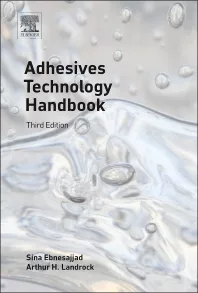Modern Design Enabled by Greener, Cleaner Sealant Technology
Leading-edge spacer systems support sustainable building construction.
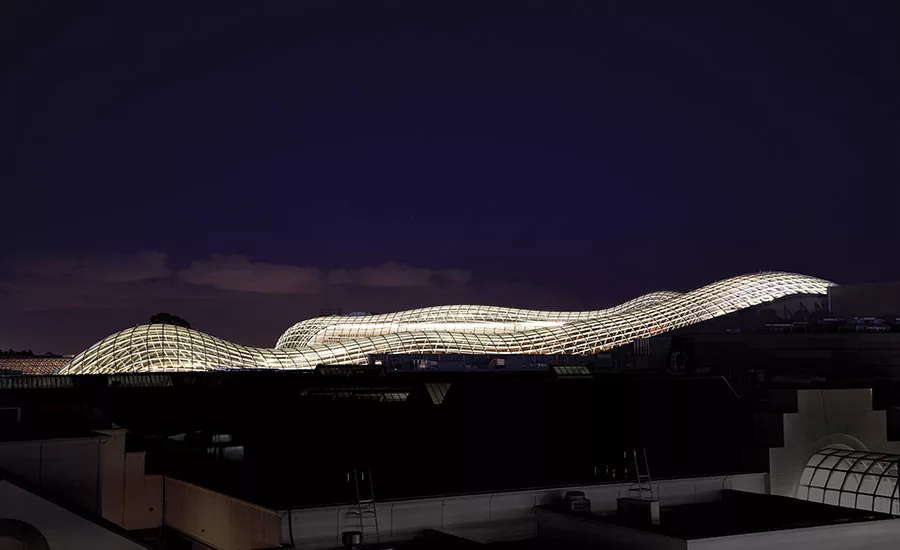
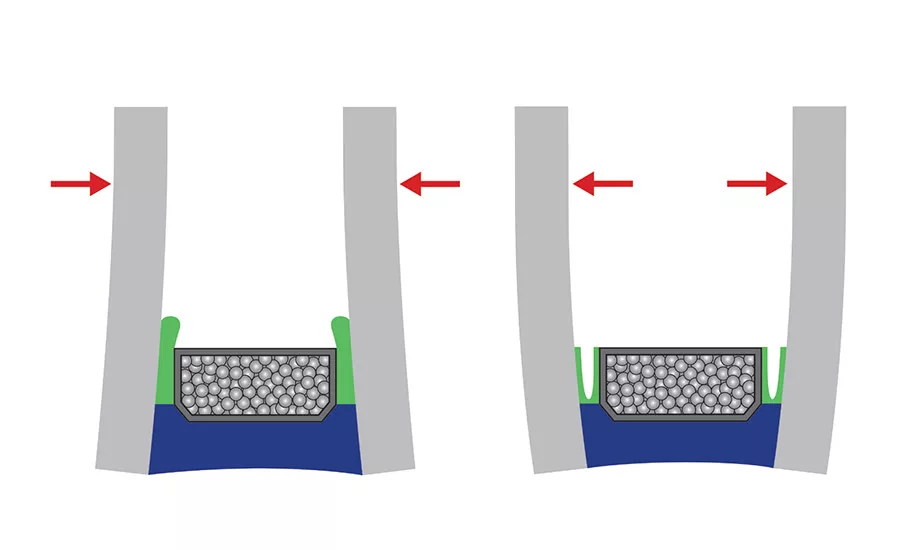
Figure 1. Rigid (non-reactive) spacer systems experience stresses within the IGU in the form of glass deflection, primary edge seal strain and tension, and differential thermal expansion.
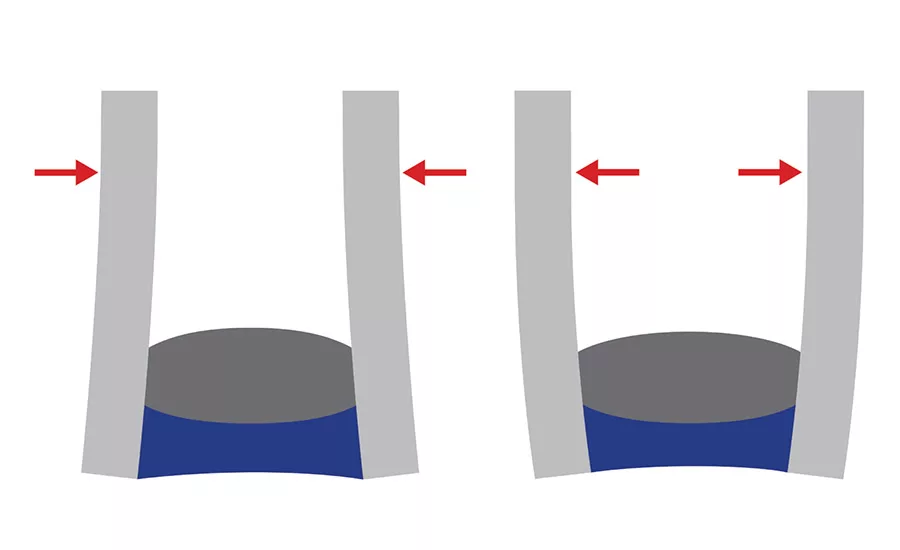
Figure 2. Reactive thermoplastic spacer systems can elastically deform, diffusing strain and minimizing glass movement.
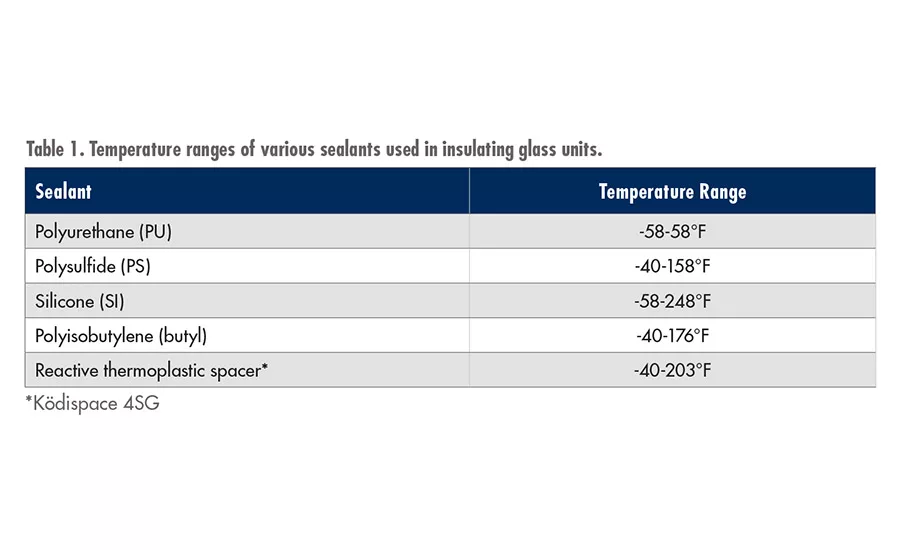
Growing concerns about energy usage are prompting cities all over the world to set goals for energy-efficient or net-zero buildings. Today, residential and commercial buildings in the U.S. represent about 40% of total energy usage,1 with heat gain and loss contributing up to 35% of the total.
Properly manufactured insulating glass units (IGUs) contribute significantly to energy savings. The main drivers of this energy efficiency, with respect to an IGU of a given airspace thickness, are (in descending order of contribution) the glass coating, gas fill, and edge seal conductivity. While traditional aluminum spacer systems create a thermal bridge in the edge seal that reduces the energy efficiency of the building envelope, warm-edge spacer systems can minimize this thermal loss.
Warm-Edge Spacer Systems
Warm-edge systems, such as rigid composite, foam, and thermoplastic spacers, possess a lower thermal conductivity than traditional aluminum-based edge seals, resulting in a reduction of the thermal bridge and minimized cooling of the IG edge. Warm-edge systems offer a low ψ-value, which leads to improvements in the Uw value of the window and the Ucw values of structural glazing elements. The benefits of warm-edge systems to the end user include:
- Considerable reduction of condensation, lowering the health risks caused by mold spores
- Less convection (i.e., rising heat) in the room, creating a more comfortable living space
- Improved heat retention, resulting in lower heating costs
Large facade units are not trivial to produce with rigid warm-edge spacer systems. There is also growing discussion around the durability of edge seals, especially in more challenging climates and wind/edge loads. Modern structural glazing facades—especially those with gas fill—are highly demanding on the edge seal. In addition, secondary sealing with silicone, which typically has little gas retention capability, is often mandatory due to its UV stability; any defect in the primary seal will lead to a leaking IGU.
Insulating gas will only stay inside the IGU with an absolutely tight primary seal, and conventional edge seal design makes this a challenging prospect. However, demand is growing for such units in building projects. With focus on use in structural glazing applications, a new generation of thermoplastic spacer has been developed.
Reactive vs. Non-Reactive Spacer Systems
Insulating glass facades endure multiple stressors, including wind loads, climactic changes, and pressure differentials. This leads to stresses within the IGU in the form of glass deflection, primary edge seal strain and tension, and differential thermal expansion of the edge components. As noted, though, the IGU must retain its insulating gas for optimal performance. The durability and reliability of an IGU relies heavily on the ability of the edge seal system to diffuse strain encountered by the IGU while retaining its sealing capability (see Figure 1).
In contrast to rigid and non-reactive spacer systems, the chemistry of the reactive thermoplastic spacer system crosslinks the spacer, glass, and silicone secondary seal, preventing spacer migration and forming a cohesive edge seal for improved stress and strain distribution. This cohesive system can elastically deform, diffusing strain throughout the entire edge seal, rather than concentrating it into the weakest link in the edge system, commonly the polysiobutylene primary seal (see Figure 2). This feature helps extend the life and maintain the performance of the IGU relative to other warm-edge options.
Green Building Opportunities
Reactive thermoplastic spacer has created new opportunities in green building due to its high quality and performance. Commercial and residential buildings benefit from an improved service temperature range, exceptional UV resistance, and long IGU life. In addition, reactive thermoplastic spacer’s superior gas retention can help reduce heating costs, CO2 emissions, and the overall environmental impact of the IGU.
Project Example
The three-dimensional shape of the more than 7,000-m2 roof construction of the Chadstone Shopping Centre in Melbourne, Australia, results from steel knots, rods, and edge beams that carry 2,672 cold-bent IGUs with reactive thermoplastic spacer as a warm-edge system.* Not a single one of the 1.2-8 m2 IGUs is identical to any of the others, as each one has to adapt differently to the organic shape of the building. For this purpose, the 39-mm-thick, double-insulating glass units were cold bent and fixed in their respective profiles during installation.
*Ködispace 4SG from H.B. Fuller.
For more information, contact the author at brian.white@hbfuller.com or visit www.hbfuller.com/4SG.
Reference
- U.S. Energy Information Administration, “How much energy is consumed in U.S. residential and commercial buildings,” www.eia.gov/tools/faqs/faq.php?id=86&t=1.
Looking for a reprint of this article?
From high-res PDFs to custom plaques, order your copy today!




